Your Guide to Stem Cell Therapy Costs in the UAE
"The cost of stem cell therapy in the UAE varies significantly, typically starting at AED 1,000 ($272) for basic cosmetic treatments. For more advanced procedures, the price can go up to AED 169,000 ($46,000) or more, depending on factors such as the specific type of therapy, the medical condition being treated, and the clinic’s expertise and reputation."
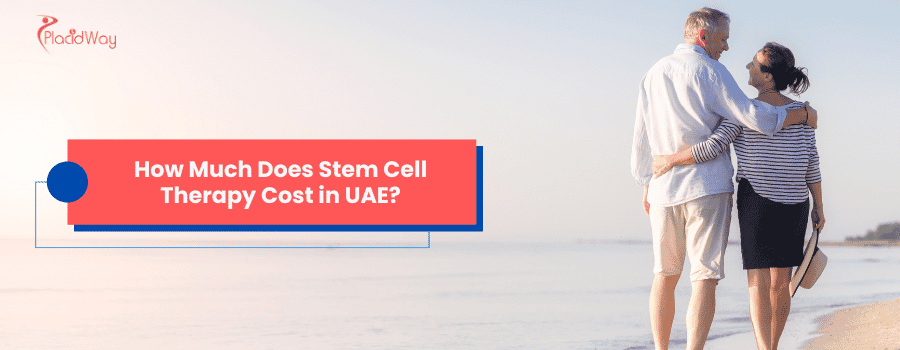
Stem cell therapy is a cutting-edge medical treatment that harnesses the body's natural healing abilities by using specialized cells to repair, regenerate, or replace damaged tissues and organs. The United Arab Emirates, particularly cities like Dubai and Abu Dhabi, has emerged as a prominent hub for advanced medical procedures, including stem cell therapy. This blog post will delve into the various aspects of stem cell therapy cost in the UAE, providing a comprehensive overview to help you understand what to expect. We'll explore the factors influencing pricing, the different types of treatments available, and address common questions people have when considering this innovative medical approach.
What is the Average Cost of Stem Cell Therapy in Dubai?
"The average cost of stem cell therapy in Dubai typically ranges from AED 50,000 to AED 100,000 ($13,600 to $27,225), though some basic cosmetic treatments may start lower, around AED 700 ($190), and more extensive treatments can exceed AED 169,000 ($46,000)."
Dubai, known for its cutting-edge medical facilities and highly skilled professionals, often has a higher price point for advanced treatments compared to some other regions. This is due to the advanced technology, specialized expertise, and the overall high standard of living and operational costs in the city. While the entry-level for treatments like PRP (Platelet-Rich Plasma) combined with stem cells for hair loss or skin rejuvenation might be lower, comprehensive therapeutic applications for chronic conditions fall into a higher price bracket.
Patients considering stem cell therapy in Dubai should expect to invest significantly, but they also benefit from accessing world-class care and innovative treatment protocols. It is always advisable to obtain a personalized quote after an initial consultation, as the exact cost will depend on your specific needs.
What is Stem Cell Therapy?
"Stem cell therapy involves using stem cells, which have the unique ability to develop into many different cell types, to repair and regenerate damaged tissues in the body."
Stem cell therapy is a revolutionary field of regenerative medicine that utilizes stem cells, the body's raw materials, to treat a wide range of diseases and injuries. These remarkable cells are undifferentiated, meaning they can divide and differentiate into specialized cells, such as bone cells, muscle cells, blood cells, or nerve cells. This makes them incredibly valuable for regenerating and repairing damaged tissues and organs.
The primary goal of stem cell therapy is to restore the function of diseased or injured tissues that have lost their ability to heal naturally. This can lead to significant improvements in health, pain reduction, and an overall enhancement in quality of life for patients suffering from various conditions, from orthopedic injuries to chronic diseases and even certain cosmetic concerns.
What Factors Influence the Cost of Stem Cell Therapy in the UAE?
"The cost of stem cell therapy in the UAE is influenced by several factors, including the type of stem cells used, the medical condition being treated, the number of sessions required, the clinic's reputation and location, and whether additional services are included."
The price tag for stem cell therapy isn't fixed; it's a dynamic figure that shifts based on a multitude of variables. Understanding these factors is crucial for anyone considering this advanced treatment. For instance, the source of the stem cells (autologous, from your own body, or allogeneic, from a donor) plays a significant role, as does the complexity of the condition needing treatment. A simpler cosmetic procedure will naturally cost less than a comprehensive treatment for a degenerative disease.
Additionally, the expertise of the medical professionals and the state-of-the-art facilities offered by a clinic also contribute to the overall expense. High-end clinics in prime locations, like those found in Dubai, might have higher overheads, which are reflected in their pricing. It’s important to get a detailed breakdown of costs from any clinic you consider.
How Does the Type of Stem Cell Affect the Cost?
"The cost of stem cell therapy varies significantly based on the type of stem cells used, with autologous (patient's own cells) generally being less expensive than allogeneic (donor cells) and certain specialized types like induced pluripotent stem cells (iPSCs) or embryonic stem cells being more costly."
Different types of stem cells have varying extraction, processing, and ethical considerations, which directly impact their cost.
- Autologous Stem Cells: These are derived from the patient's own body, often from bone marrow or adipose (fat) tissue. The process involves harvesting the cells, processing them, and then re-injecting them into the patient. Because they come from the patient, there's no risk of immune rejection, and the process is generally simpler, leading to lower costs, typically ranging from AED 14,700 to AED 55,000 ($4,000 to $15,000).
- Allogeneic Stem Cells: These cells are sourced from a donor, often from umbilical cord blood or tissue. They require compatibility testing and careful processing to minimize the risk of rejection. The added complexities in sourcing, testing, and processing contribute to a higher cost, often starting from AED 73,500 ($20,000) and going upwards.
- Embryonic Stem Cells (ESCs) and Induced Pluripotent Stem Cells (iPSCs): While highly versatile, these types of stem cells are subject to more stringent ethical and regulatory frameworks, and their research and clinical application are more complex and costly. Treatments involving these are generally much more expensive, potentially ranging from AED 92,000 to AED 147,000 ($25,000 to $40,000) or more, and often part of clinical trials.
The choice of stem cell type is determined by the patient's condition, the desired therapeutic outcome, and the physician's recommendation.
What Conditions Can Be Treated with Stem Cell Therapy in the UAE, and How Do They Affect Cost?
"Stem cell therapy in the UAE treats a range of conditions including orthopedic injuries, autoimmune diseases, neurological disorders, and cosmetic concerns, with the complexity and duration of treatment for each condition significantly impacting the overall cost."
The medical condition being addressed is a primary determinant of stem cell therapy cost.
- Orthopedic Conditions: For issues like osteoarthritis, tendon injuries, or joint pain, stem cell injections might be more localized and require fewer sessions, often making them more affordable. The cost for these can range from AED 18,375 to AED 29,400 ($5,000 to $8,000) per session, depending on the severity and number of joints treated. Some clinics offer single injections for around AED 14,700 ($4,000).
- Autoimmune Diseases: Treating systemic conditions like multiple sclerosis, lupus, or Crohn's disease typically involves more extensive protocols, potentially requiring multiple intravenous infusions and follow-up sessions. These treatments are often more complex and thus more expensive, potentially ranging from AED 55,000 to AED 147,000 ($15,000 to $40,000) or more for a full course of treatment.
- Neurological Disorders: For conditions like Parkinson's disease, Alzheimer's, or spinal cord injuries, stem cell therapy is often highly specialized and may involve more intricate administration methods and longer treatment plans. These can be among the most expensive stem cell treatments, sometimes exceeding AED 169,000 ($46,000). Specific examples like Stem cell therapy for neuropathy can start from AED 60,000 ($16,410).
- Cosmetic and Anti-Aging Procedures: Stem cell therapy for hair loss, skin rejuvenation, or anti-aging purposes is generally less invasive and may involve fewer cells, making them more accessible. These treatments can start from as low as AED 700 ($190) for single sessions (e.g., PRP with stem cells can be around AED 1,199 or $326) and go up to AED 11,000 ($3,000) for more comprehensive packages. A stem cell facelift in Dubai can range from AED 999 to AED 2,000 ($272 to $545).
The severity of the condition and the extent of damage also play a crucial role. More advanced stages of a disease or more widespread damage will generally necessitate more intensive and thus more costly stem cell treatments.
Are There Any Hidden Costs in Stem Cell Therapy in the UAE?
"Reputable clinics offering stem cell therapy in the UAE typically provide transparent pricing that includes consultation, cell harvesting, processing, and administration; however, patients should inquire about additional costs for diagnostic tests, post-treatment medications, and follow-up care."
While many clinics in the UAE strive for transparency, it's always wise for patients to clarify what's included in the quoted price. Some clinics may offer an all-inclusive package, while others might itemize certain components. Potential additional costs could include:
- Initial Consultations and Diagnostic Tests: Before any stem cell therapy, a thorough evaluation, including blood tests, imaging (X-rays, MRI), and specialized diagnostic procedures, is necessary. These might be billed separately, ranging from AED 367 to AED 1,835 ($100 to $500) or more depending on the complexity of the tests.
- Pre- and Post-Treatment Medications: This could include antibiotics, anti-inflammatory drugs, or other supportive medications to optimize the treatment's success and manage any potential side effects. These costs can vary significantly but might range from tens to hundreds of dollars (AED 100 - AED 1,000).
- Anesthesia Fees: If the stem cell harvesting or administration requires sedation or local anesthesia, there might be separate charges for the anesthesiologist's services, typically from AED 367 to AED 1,835 ($100 to $500).
- Follow-up Appointments and Monitoring: Some clinics include follow-up visits in their package, while others charge for each post-treatment consultation (e.g., AED 180 - AED 735 or $50-$200 per visit) or additional diagnostic tests to monitor progress.
- Travel and Accommodation: For international patients, the costs of flights, accommodation, and local transportation in the UAE would be separate expenses.
Always ask for a detailed cost breakdown and ensure all your questions about potential extra charges are answered before committing to a stem cell therapy plan.
Is Stem Cell Therapy Covered by Insurance in the UAE?
"Generally, stem cell therapy is not covered by standard health insurance plans in the UAE, as most insurance companies consider it an experimental or investigational treatment, not yet a standard of care."
This is a critical point for prospective patients. While stem cell research and application are rapidly advancing, many stem cell treatments are still considered experimental or investigational by insurance providers globally, including in the UAE. This means patients typically have to bear the full cost out-of-pocket.
However, there are exceptions or specific circumstances where partial coverage might be available, particularly for certain approved stem cell transplants (like bone marrow transplants for specific cancers). For example, the Abu Dhabi Stem Cells Centre (ADSCC) states they accept cards from major insurance companies, indicating some level of coverage might exist for their specific services. It is essential to:
- Contact your insurance provider directly: Inquire about their specific policies regarding stem cell therapy and if any portion of your proposed treatment might be covered.
- Understand the "experimental" classification: Insurance companies often have strict criteria for what they deem "medically necessary" and "standard of care."
- Explore payment plans: Many clinics understand the financial burden of stem cell therapy and may offer flexible payment options or financing plans to help patients manage the costs.
It's crucial to clarify all financial aspects before beginning treatment to avoid any unexpected burdens.
How Many Sessions of Stem Cell Therapy are Typically Needed?
"The number of stem cell therapy sessions needed varies greatly depending on the treated condition, its severity, the type of cells used, and individual patient response, ranging from a single injection for minor issues to multiple sessions over months for chronic or complex diseases."
There's no one-size-fits-all answer to the number of stem cell therapy sessions.
- Acute Injuries: For sports injuries, joint pain, or localized issues, a single stem cell injection or a short series of 2-3 injections might be sufficient to stimulate healing and reduce symptoms.
- Chronic Conditions: Patients with chronic degenerative diseases (e.g., severe osteoarthritis, certain autoimmune conditions) or neurological disorders may require multiple sessions spread over several weeks or months to achieve optimal results. This phased approach allows the body to gradually respond to the treatment and for the stem cells to exert their regenerative effects.
- Cosmetic Treatments: For aesthetic purposes like hair regrowth or skin rejuvenation, protocols often involve a series of sessions (e.g., 3-6 sessions) to build up results and ensure longevity.
The medical team will assess your condition during the initial consultation and recommend a personalized treatment plan, including the estimated number of sessions and the expected timeline. This will directly impact the overall stem cell therapy cost.
What Should I Look For in a Stem Cell Clinic in the UAE?
"When choosing a stem cell clinic in the UAE, prioritize facilities that are licensed and accredited by local health authorities, have experienced and specialized medical professionals, use ethically sourced and high-quality cells, offer transparent pricing, and provide comprehensive patient support."
Selecting the right clinic is paramount for safety and efficacy. Given the innovative nature of stem cell therapy, due diligence is crucial.
- Accreditation and Licensing: Ensure the clinic is fully licensed by the Department of Health (DOH) in Abu Dhabi or the Dubai Health Authority (DHA) in Dubai. This indicates adherence to local medical standards and regulations.
- Experienced Medical Team: Look for clinics with board-certified physicians, surgeons, and specialists who have extensive experience in regenerative medicine and stem cell applications for your specific condition. Inquire about their qualifications and track record.
- Cell Source and Quality Control: Understand where the stem cells are sourced from (autologous, allogeneic) and what quality control measures are in place for cell processing and expansion. Reputable clinics will have robust laboratory protocols.
- Transparency and Communication: The clinic should be transparent about the treatment plan, potential risks, expected outcomes, and the full stem cell therapy cost. They should also provide clear communication channels for all your questions.
- Patient Testimonials and Reviews: While not the sole factor, positive patient testimonials and online reviews can offer insights into the patient experience and the clinic's reputation.
- Ethical Practices: Ensure the clinic operates within ethical guidelines regarding stem cell research and application, particularly concerning the source and handling of cells.
- Comprehensive Care: A good clinic offers holistic care, including thorough diagnostic evaluations, personalized treatment plans, post-treatment support, and follow-up monitoring.
How Long Does the Stem Cell Therapy Procedure Take in the UAE?
"A typical stem cell therapy procedure in the UAE can take anywhere from 2 to 4 hours, depending on whether cell harvesting is involved; however, the overall treatment plan, including consultations and follow-up, may span several weeks or months."
The duration of the actual stem cell therapy procedure depends on the type of treatment:
- Autologous Treatments (e.g., from fat or bone marrow): If the cells are harvested from your own body, the procedure will involve two main steps. The harvesting process (e.g., liposuction for fat, or bone marrow aspiration) can take about 30 minutes to an hour. The cells are then processed, which might take a few hours. Finally, the administration of the cells (injection) is typically quick, often taking less than an hour. The entire visit for these types of treatments might be half a day.
- Allogeneic Treatments (donor cells): If pre-processed donor cells are used, the procedure primarily involves the administration of the cells, usually through intravenous infusion or direct injection. This part of the procedure is much faster, often lasting an hour or two.
Patients should also factor in time for pre-procedure preparations, post-procedure recovery within the clinic, and any immediate observation. While the actual procedure might be relatively short, the overall patient journey, from initial consultation to follow-up, can extend over a longer period.
What is the Recovery Time After Stem Cell Therapy?
"The recovery time after stem cell therapy is generally minimal, with most patients resuming normal activities within a few days; however, full regenerative effects and noticeable improvements can take several weeks to months, depending on the condition treated."
Stem cell therapy is often minimally invasive, leading to quicker recovery times compared to traditional surgical interventions.
- Immediate Post-Procedure: Patients may experience mild soreness, swelling, or bruising at the injection or harvesting site, which usually subsides within a few days. Light activities can typically be resumed quickly.
- Short-Term Recovery: Within the first week, discomfort should largely resolve. Patients are often advised to avoid strenuous activities for a certain period to allow the stem cells to integrate and begin their work.
- Long-Term Results: The regenerative process initiated by stem cells is gradual. Significant improvements often become noticeable within 4-12 weeks, with continued progress over several months. The full benefits may take up to six months or even a year to manifest.
The specific recovery guidelines will be provided by your medical team and will depend on the type of stem cell therapy and the treated condition. Following these instructions is crucial for optimal outcomes.
What are the Potential Benefits of Stem Cell Therapy in the UAE?
"The potential benefits of stem cell therapy in the UAE include reduced pain, improved function, tissue regeneration, and a decrease in reliance on traditional medications, offering hope for various chronic and degenerative conditions."
Stem cell therapy offers a promising alternative or complementary approach for many individuals. The benefits often include:
- Natural Healing and Regeneration: Unlike treatments that mask symptoms, stem cell therapy aims to promote the body's natural healing mechanisms, repairing damaged tissues at a cellular level.
- Pain Reduction: Many patients experience significant reduction in chronic pain, particularly in orthopedic conditions like osteoarthritis or back pain.
- Improved Function and Mobility: For conditions affecting joints, muscles, or neurological function, stem cell therapy can lead to enhanced mobility, strength, and overall functional improvement.
- Reduced Inflammation: Stem cells possess potent anti-inflammatory properties, which can be beneficial in autoimmune diseases and chronic inflammatory conditions.
- Minimally Invasive: Many stem cell procedures are less invasive than traditional surgeries, leading to shorter recovery times and fewer risks.
- Potential for Long-Lasting Results: By addressing the root cause of the problem, stem cell therapy can offer more durable and long-term relief compared to symptomatic treatments.
- Decreased Reliance on Medication: Successful stem cell therapy can reduce or eliminate the need for long-term use of pain medications or other drugs, especially for chronic conditions.
Are There Any Risks or Side Effects of Stem Cell Therapy?
"While generally considered safe, stem cell therapy carries potential risks such as infection, bleeding, allergic reactions, pain at the injection site, and, in rare cases, unexpected cell growth; however, these risks are minimized when performed by qualified professionals in accredited clinics."
Like any medical procedure, stem cell therapy is not without potential risks, though serious complications are rare.
- Infection: As with any injection or surgical procedure, there's a small risk of infection at the harvest or injection site. Reputable clinics follow strict sterile protocols to minimize this risk.
- Bleeding and Bruising: Minor bleeding or bruising at the site of cell extraction or injection is common but usually temporary.
- Pain and Swelling: Discomfort, swelling, or tenderness at the treated area is normal and typically resolves within a few days.
- Allergic Reaction: While rare, especially with autologous cells, an allergic reaction to local anesthetic or other materials used during the procedure is possible.
- Immune Rejection (for allogeneic cells): With donor cells, there's a risk of the recipient's immune system reacting to the foreign cells. This is mitigated through careful donor matching and immunosuppressant medications if necessary.
- Unintended Cell Growth/Tumor Formation: This is a theoretical risk, particularly with certain types of pluripotent stem cells, but it is extremely rare in clinical applications where highly differentiated and controlled cells are used.
- Lack of Efficacy: Not all patients respond to stem cell therapy in the same way, and there's no guarantee of success for every condition.
Choosing a reputable clinic with experienced doctors who adhere to strict safety standards is crucial to minimizing these risks. They will also discuss all potential side effects during your consultation.
What is the Difference Between PRP and Stem Cell Therapy?
"While both are regenerative treatments, PRP (Platelet-Rich Plasma) therapy uses concentrated platelets from a patient's blood to promote healing, whereas stem cell therapy uses more versatile stem cells that can differentiate into various cell types to repair and regenerate tissue."
Though often discussed together in the context of regenerative medicine, PRP and stem cell therapy are distinct:
- PRP (Platelet-Rich Plasma): This involves drawing a small amount of the patient's blood, processing it to concentrate the platelets, and then injecting the platelet-rich plasma into the injured area. Platelets contain numerous growth factors that stimulate healing and regeneration. PRP is excellent for accelerating the body's natural healing process for conditions like tendonitis, sprains, or hair loss. It primarily enhances existing healing mechanisms. The cost of a single PRP session can range from AED 700 to AED 3,000 ($190 to $817).
- Stem Cell Therapy: This treatment involves using actual stem cells which have the unique ability to differentiate into specialized cells. While PRP provides growth factors, stem cell therapy introduces actual "building blocks" that can replace or repair damaged cells and tissues. Stem cells have a broader regenerative potential than PRP.
Often, PRP is used as an adjunct to stem cell therapy to create a more favorable healing environment and enhance the effects of the stem cells. The choice between or combination of these therapies depends on the specific condition, its severity, and the desired outcome.
How Do I Prepare for Stem Cell Therapy in the UAE?
"Preparing for stem cell therapy in the UAE typically involves a detailed medical evaluation, providing a complete medical history, stopping certain medications (like blood thinners), and following specific dietary or lifestyle recommendations from your doctor."
Proper preparation is essential for the success of stem cell therapy. Your medical team will provide specific instructions tailored to your individual case, but general preparations often include:
- Comprehensive Medical Evaluation: This involves reviewing your medical history, current medications, and undergoing various diagnostic tests (blood tests, imaging) to assess your overall health and the suitability of stem cell therapy.
- Medication Review: You may be advised to stop certain medications, particularly blood thinners, for a period before the procedure to minimize the risk of bleeding. Always follow your doctor's instructions regarding medication adjustments.
- Dietary and Lifestyle Adjustments: Some clinics might recommend specific dietary guidelines or advise against smoking and excessive alcohol consumption leading up to the procedure to optimize your health and healing capacity.
- Hydration: Staying well-hydrated is generally recommended.
- Arranging Support: For certain procedures, it might be advisable to have someone accompany you to the clinic and assist you afterward, especially if sedation is used.
- Asking Questions: Ensure you have a clear understanding of the procedure, expected outcomes, and all pre- and post-treatment instructions. Don't hesitate to ask any questions you may have.
Adhering to these preparation guidelines will help ensure a smoother procedure and contribute to better outcomes.
Explore PlacidWay for solutions related to medical tourism, healthcare services, or other relevant offerings.


.png)


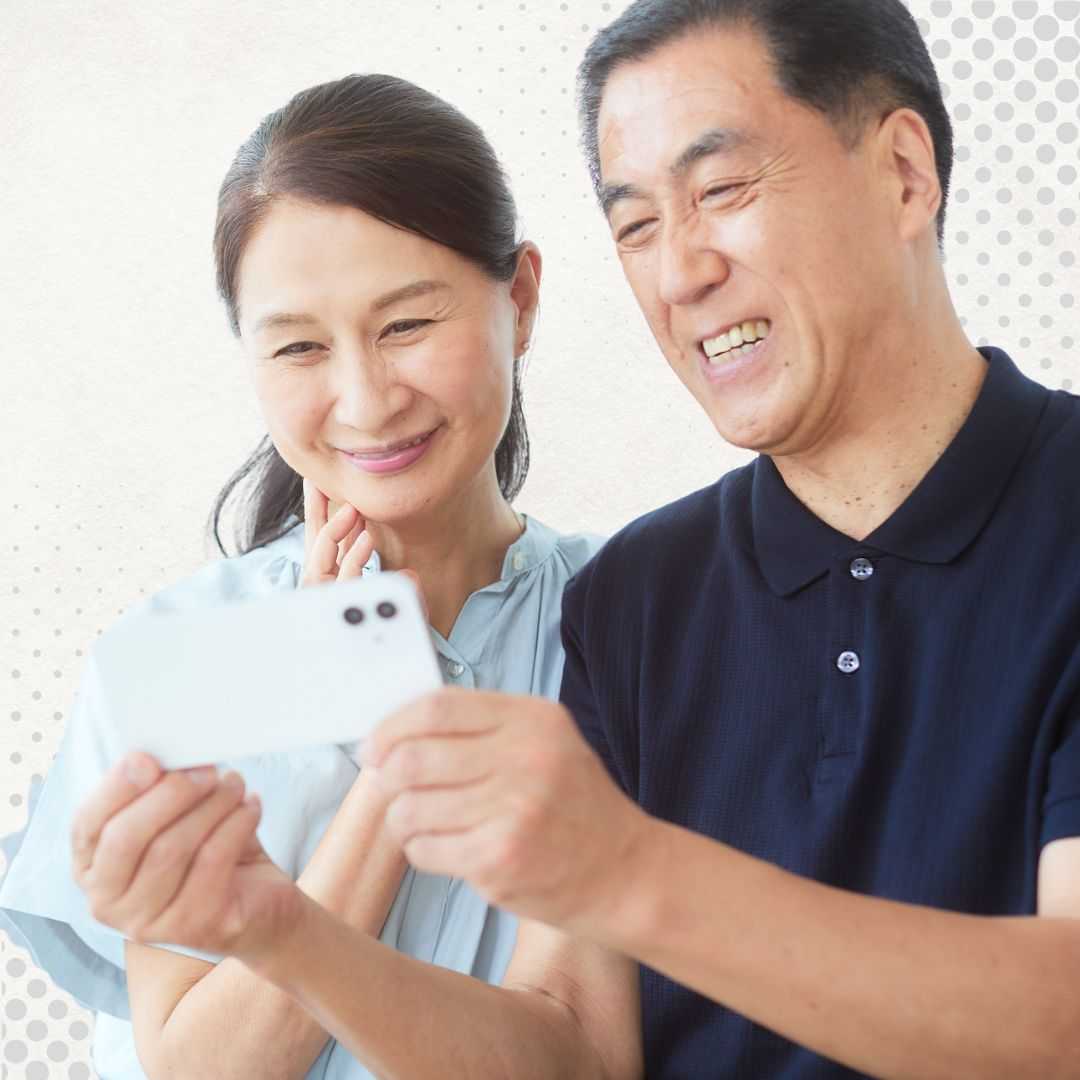

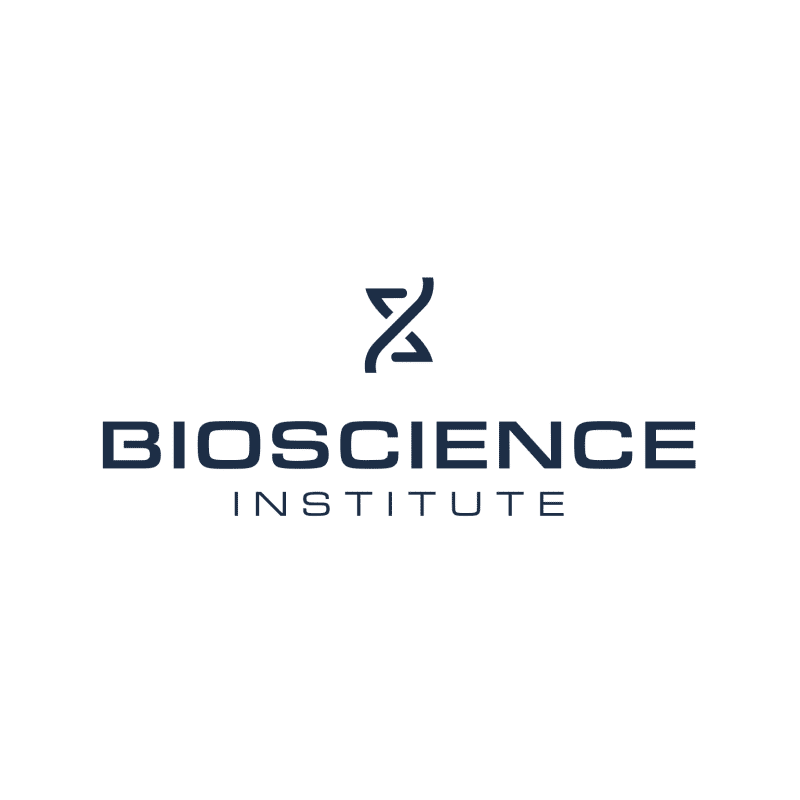
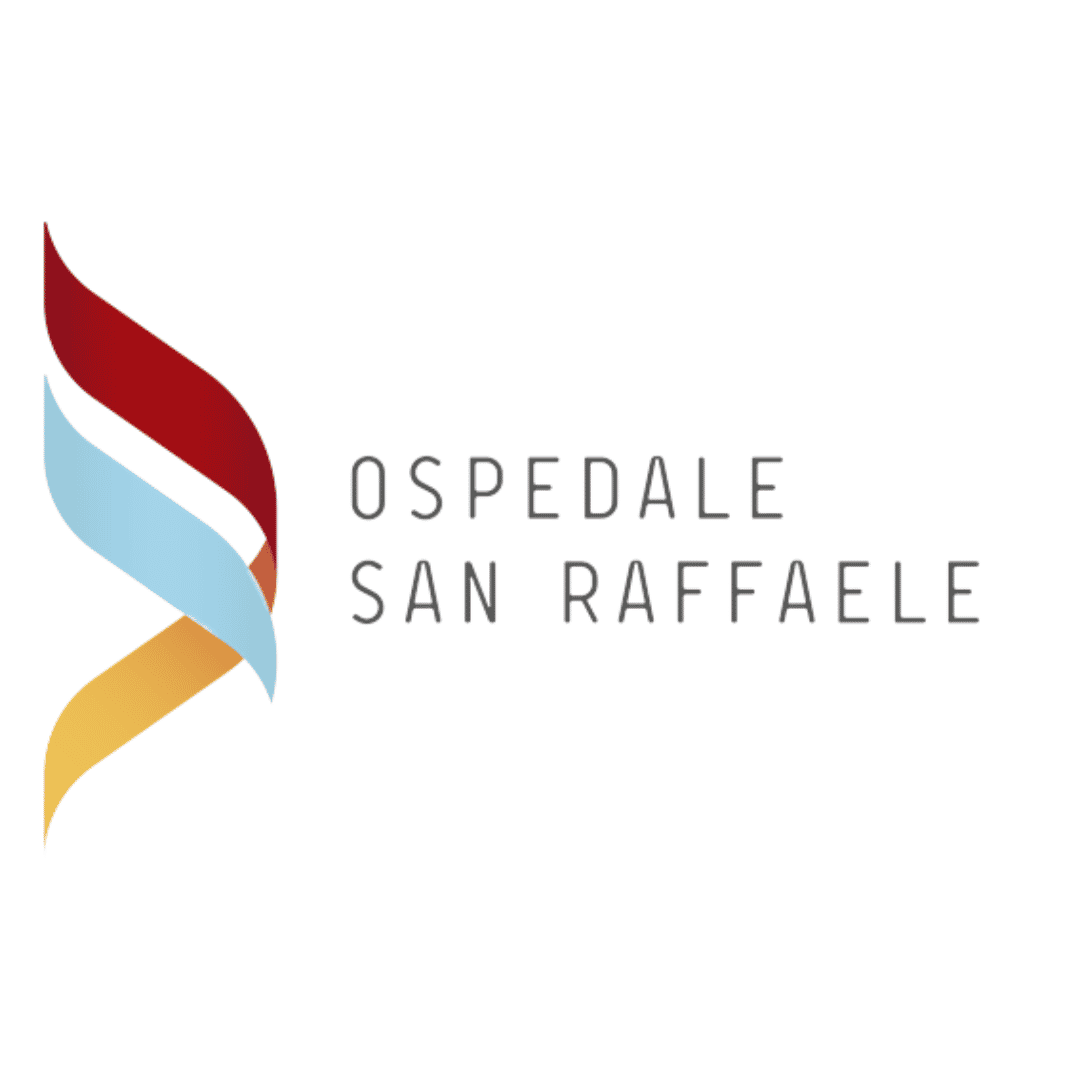
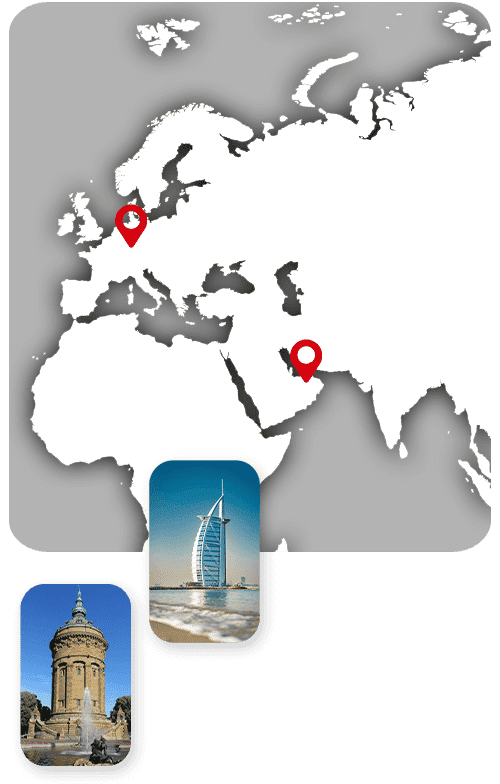
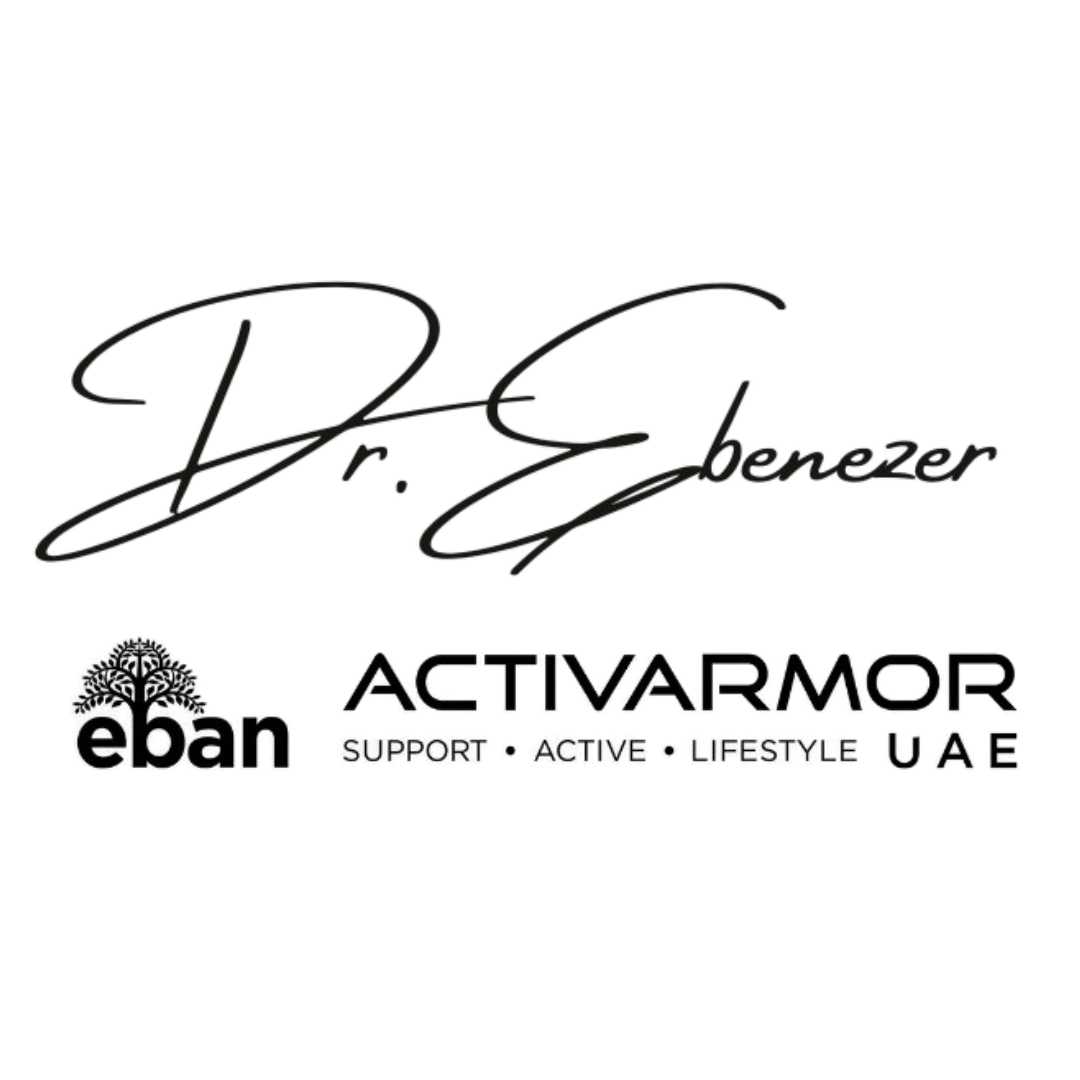
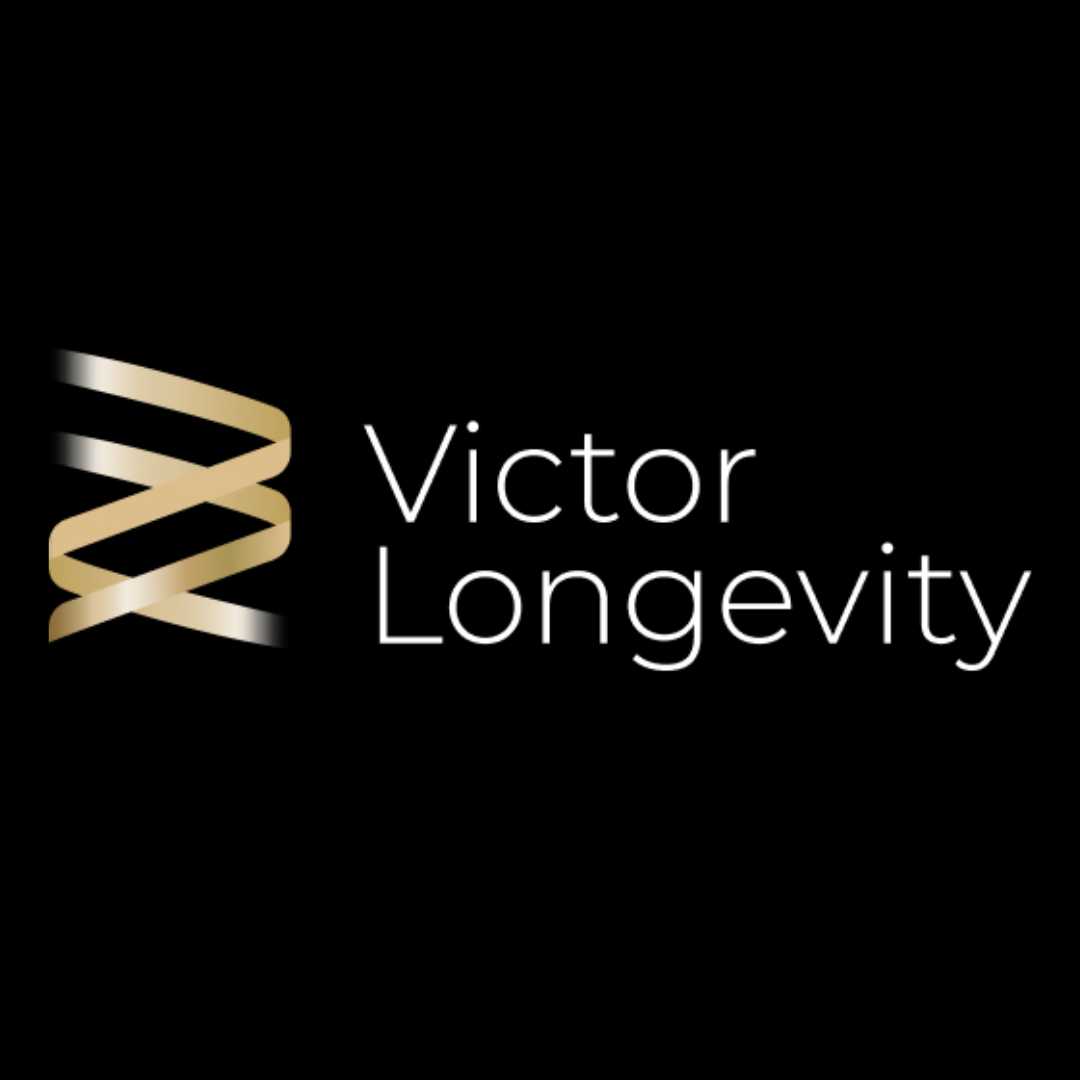

Share this listing